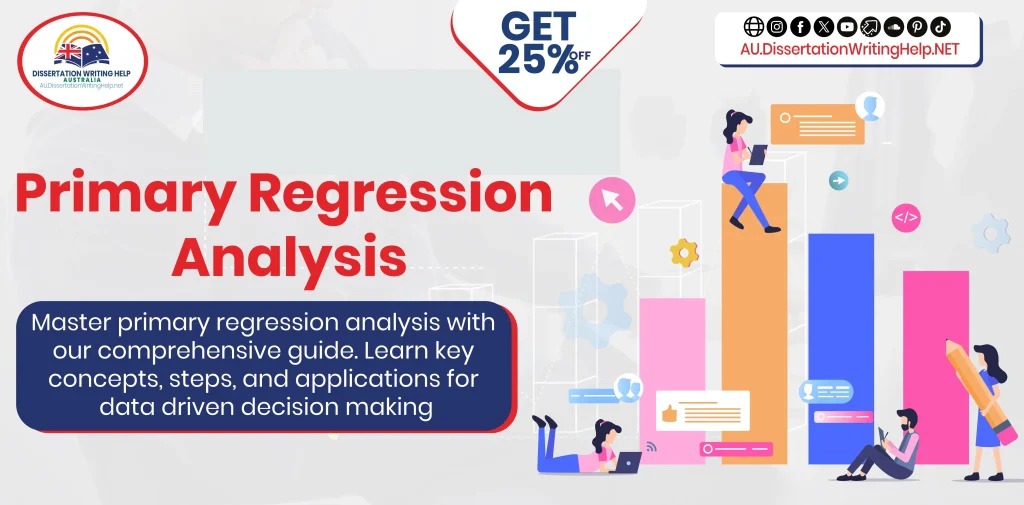In the realm of statistical methods, primary regression analysis is a fundamental technique used to explore relationships between variables. This article aims to provide a thorough understanding of primary regression analysis, its steps, and its applications. Whether you are a student, researcher, or professional, mastering primary regression analysis is crucial for data-driven decision-making.
What is Primary Regression Analysis?
Primary regression analysis is a statistical method used to examine the relationship between a dependent variable and one or more independent variables. By fitting a regression model, one can predict the value of the dependent variable based on the values of the independent variables.
Key Concepts in Primary Regression Analysis
- Dependent Variable: The outcome variable that you are trying to predict or explain.
- Independent Variables: The predictor variables that influence the dependent variable.
- Regression Coefficients: These represent the relationship between the dependent and independent variables.
Steps to Conduct Primary Regression Analysis
Conducting a primary regression analysis involves several steps to ensure accurate and meaningful results.
1. Define the Research Question
Clearly define what you want to understand or predict with your analysis. This will guide the selection of variables and the type of regression model to use.
2. Select the Variables
Choose the dependent variable and the independent variables relevant to your research question. Ensure these variables are measurable and have a logical connection.
3. Collect and Prepare Data
Gather data for your selected variables. This step includes data collection, cleaning, and preparation to ensure your dataset is accurate and ready for analysis.
Performing the Primary Regression Analysis
Once you have prepared your data, you can proceed with the regression analysis. This involves choosing the right model and interpreting the results effectively.
4. Choose the Appropriate Regression Model
Select a regression model that suits your data and research question. Common models include simple linear regression, multiple regression, and logistic regression.
5. Fit the Model
Using statistical software, fit the regression model to your data. This will involve estimating the regression coefficients that best predict the dependent variable.
Interpreting the Results of Primary Regression Analysis
Understanding the output of your primary regression analysis is crucial for deriving insights and making data-driven decisions.
6. Analyze Regression Coefficients
Examine the regression coefficients to understand the impact of each independent variable on the dependent variable. Coefficients indicate the direction and magnitude of the relationship.
7. Evaluate Model Significance
Assess the statistical significance of your model and the individual predictors. P-values and confidence intervals help determine if the relationships observed are statistically significant.
8. Assess Model Fit
Evaluate the overall fit of the regression model using metrics like R-squared and adjusted R-squared. These metrics indicate how well your model explains the variance in the dependent variable.
Applications of Primary Regression Analysis
Primary regression analysis has a wide range of applications across various fields. Here are a few examples:
Business and Marketing
In business, regression analysis helps in understanding customer behavior, forecasting sales, and optimizing marketing strategies based on key predictors.
Healthcare
In healthcare, this analysis can predict patient outcomes based on various treatment plans, aiding in personalized medicine and better resource allocation.
Social Sciences
Social scientists use regression analysis to study relationships between social phenomena, such as the impact of education on income levels.
Conclusion
Primary regression analysis is an essential tool for anyone involved in data analysis and research. By following the steps outlined in this guide, you can effectively conduct primary regression analysis and apply it to various practical scenarios. Whether you are in business, healthcare, social sciences, or any other field, mastering primary regression analysis will enhance your analytical capabilities and decision-making skills.
For more detailed guidance and professional assistance with your dissertation or any other academic writing needs, visit Au.dissertationwritinghelp.net.

